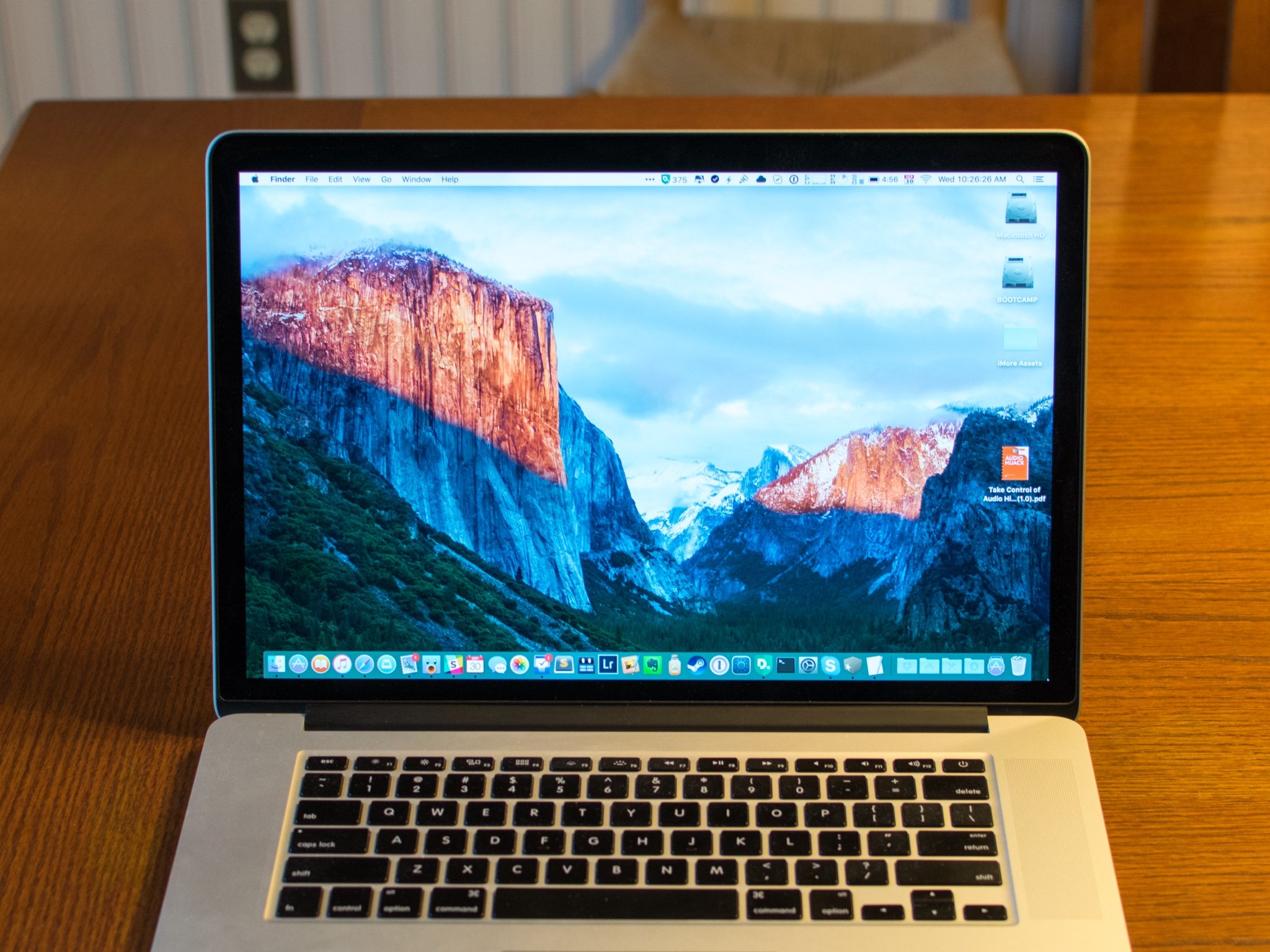AppleJack For Mac Reviews. AppleJack is a tool with which it is possible to repair various errors that can appear when using a Mac. It is an application that by means of a minimalist interface will help us to repair errors on the hard drive fix permits validate system preference. Download AppleJack for Mac to troubleshooting tool that runs in single-user mode. Operating Systems Mac OS X 10.4 PPC, Mac OS X 10.5 PPC, Macintosh, Mac OS X 10.4 Intel.
 * (all versions) Sometimes odd error or log messages will show up from the Mac OS X subsystem and insert themselves right into AppleJack’s interface. In single user mode, the screen is the console, so it is extremely difficult to suppress all these messages. Normally you can ignore them as long as you can still use the interface.
* (all versions) Sometimes odd error or log messages will show up from the Mac OS X subsystem and insert themselves right into AppleJack’s interface. In single user mode, the screen is the console, so it is extremely difficult to suppress all these messages. Normally you can ignore them as long as you can still use the interface.* (all versions) After running AppleJack and deleting the cache files, some users experience odd behavior in the finder or with application launches. This is because Mac OS X did not rebuild the lost cache files correctly. Behaviors include: Finder keyboard shortcuts not working, menu items not appearing correctly, user images gone, inability to launch various applications. A restart will usually correct these errors.

* Some users of G5 systems have reported that the fans ramp up very fast. This is not related to AppleJack, but is due to the fact that the thermal controllers are not loaded while in single user mode. If this condition persists after restarting into Mac OS X, you may have run into one of the many known fan-management bugs. See the apple.com support forums, or macosxhints.com for extensive postings on this topic.
Sims 4 play as pets mod missing actions. * (v 1.4.2) On Mac OS X 10.4.3, some users report that when launching some of the services necessary for permissions repair, the system will take a long time (3-4 mins) before being launching the actual permissions repair. I do believe this issue will have been addressed by the 1.4.3 release of AppleJack.
* (v. 1.5) On Mac OS X 10.5.x, permissions repair seems to have slowed down again. I’m not sure why diskutil behaves so differently in single user mode from when being invoked in the context of the Disk Utility GUI program, but there you have it. It does work, but it is slower than on Tiger.
* (v. 1.4) Some users running Mac OS X 10.4, 10.4.1, and 10.4.2 report that their system will suddenly start spitting out a line like ’Limiting closed port RST response from 251 to 250 packets per second’. Some users have been able to continue to use AppleJack by ignoring the lines being written to the screen, while others appear to have their computers hang when this happens. How to install igo on blaupunkt radio. This appears to be related to changes in the boot sequence introduced in Tiger, and the manner in which a user upgraded to Tiger—though no clear pattern has emerged. It appears that the new boot mechanism (relying upon launchd rather than init) has some issues when used in single user mode. Anecdotal reports indicate that this problem might have disappeared in 10.4.3.
* (all versions) AppleJack and fsck (disk repair). When you run AppleJack in auto mode, it’s hard to know whether the disk repair actually has finished repairing all issues on the hard drive. This is because the disk repair utility (the 'fsck' program) returns a 0 when finished if a) there were no errors, or b) the errors were fixed. There might possibly be errors that weren’t fixed, but there’s no way for AppleJack to know this. If you’d like to make 100% certain that your hard drive has been repaired, I recommend you run AppleJack in manual mode so you can repeat the disk repair routine until your disk gets a clean bill of health. If your disk never gets a clean bill of health, it’s time to back up your data and either reformat or use a tool like DiskWarrior. The built-in fsck has its limitations.* (all versions) Sometimes odd error or log messages will show up from the Mac OS X subsystem and insert themselves right into AppleJack’s interface. In single user mode, the screen is the console, so it is extremely difficult to suppress all these messages. Normally you can ignore them as long as you can still use the interface.
Applejack Mac
* (all versions) Shutdown due to power loss while running AppleJack. Users who are running AppleJack with an uninterruptible power supply (UPS) plugged into their USB ports report that shortly after the repair permissions task starts, they see the following error message before the CPU is halted:
shutdown: halt by root: Shutting down due to power loss!The solution to the shutdown is to unplug the USB cable from the UPS.


